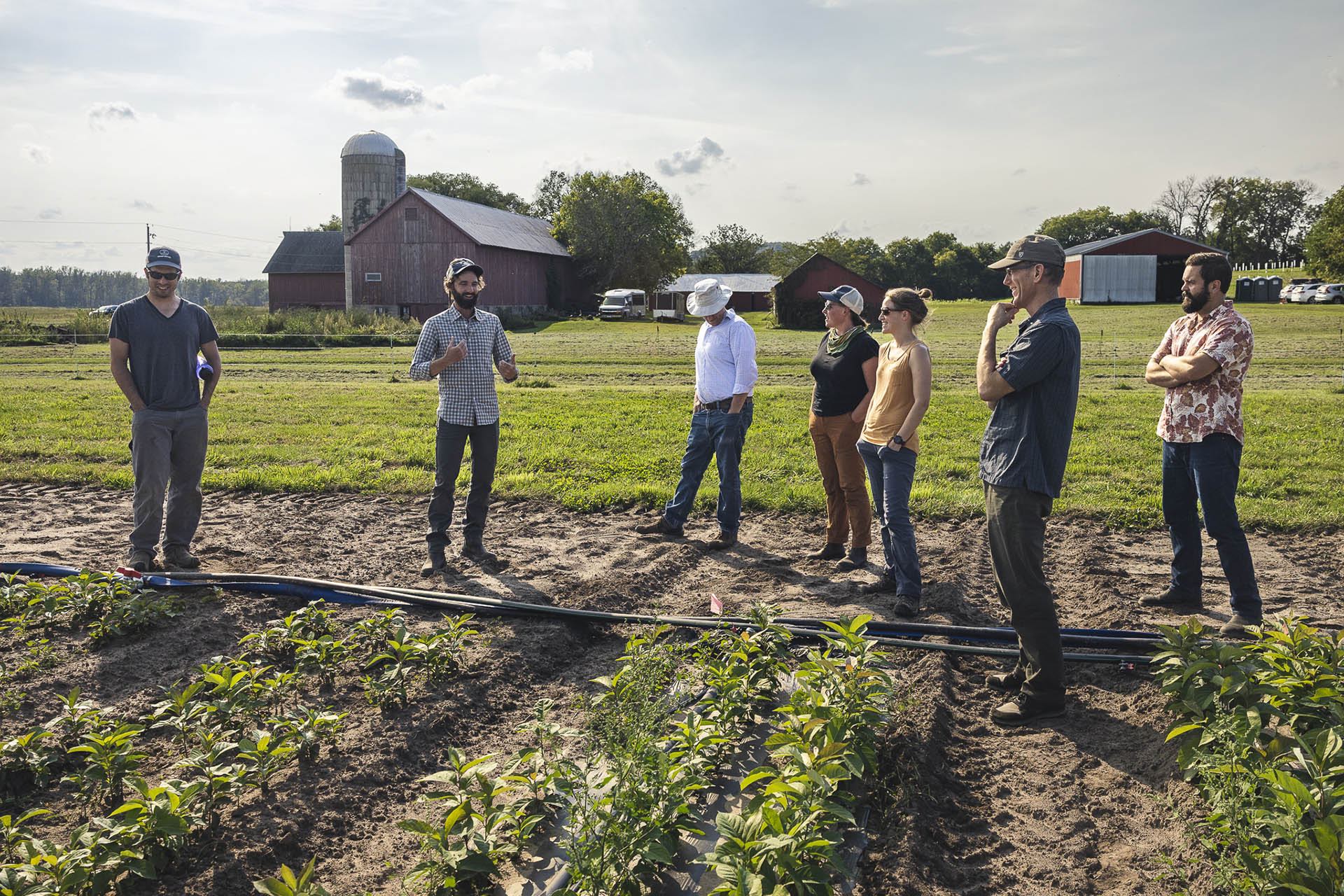To advance the field of agroforestry research, Savanna Institute staff collaborate with scientists worldwide to study tree crops and perennial farm systems. Our researchers work to make sure Midwest farmers and landholders have access to the latest information available to plan their farms. In 2023, staff from our research and commercialization teams contributed thought leadership on hazelnut genetics, chestnut value chains, and soil science for academic journals in the field – all to guide the development of perennial agriculture in the US.
Explore the research published by the Savanna Institute in the organization’s tenth year.
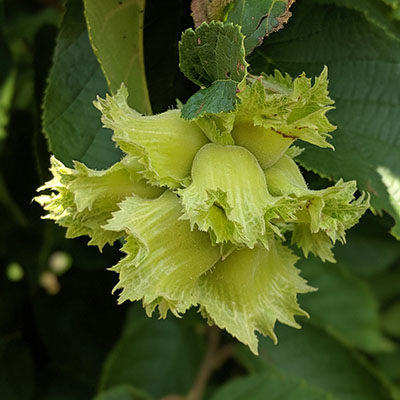
1. The first two chromosome-scale genome assemblies of American hazelnut enable comparative genomic analysis of the genus Corylus
Published in: Plant Biotechnology Journal https://onlinelibrary.wiley.com/doi/full/10.1111/pbi.14199
Written by: Brainard SH, Sanders DM, Bruna T, Shengqiang S, Dawson JC (2023)
Summary by Authors:
The native, perennial shrub American hazelnut (Corylus americana) is cultivated in the Midwestern United States for its significant ecological benefits, as well as its high-value nut crop. Implementation of modern breeding methods and quantitative genetic analyses of C. americana requires high-quality reference genomes, a resource that is currently lacking. We therefore developed the first chromosome-scale assemblies for this species using the accessions ‘Rush’ and ‘Winkler’. Genomes were assembled using HiFi PacBio reads and Arima Hi-C data, and Oxford Nanopore reads and a high-density genetic map were used to perform error correction. N50 scores are 31.9 Mb and 35.3 Mb, with 90.2% and 97.1% of the total genome assembled into the 11 pseudomolecules, for ‘Rush’ and ‘Winkler’, respectively. Gene prediction was performed using custom RNAseq libraries and protein homology data. ‘Rush’ has a BUSCO score of 99.0 for its assembly and 99.0 for its annotation, while ‘Winkler’ had corresponding scores of 96.9 and 96.5, indicating high-quality assemblies. These two independent assemblies enable unbiased assessment of structural variation within C. americana, as well as patterns of syntenic relationships across the Corylus genus. Furthermore, we identified high-density SNP marker sets from genotyping-by-sequencing data using 1343 C. americana, C. avellana and C. americana × C. avellana hybrids, in order to assess population structure in natural and breeding populations. Finally, the transcriptomes of these assemblies, as well as several other recently published Corylus genomes, were utilized to perform phylogenetic analysis of sporophytic self-incompatibility (SSI) in hazelnut, providing evidence of unique molecular pathways governing self-incompatibility in Corylus.
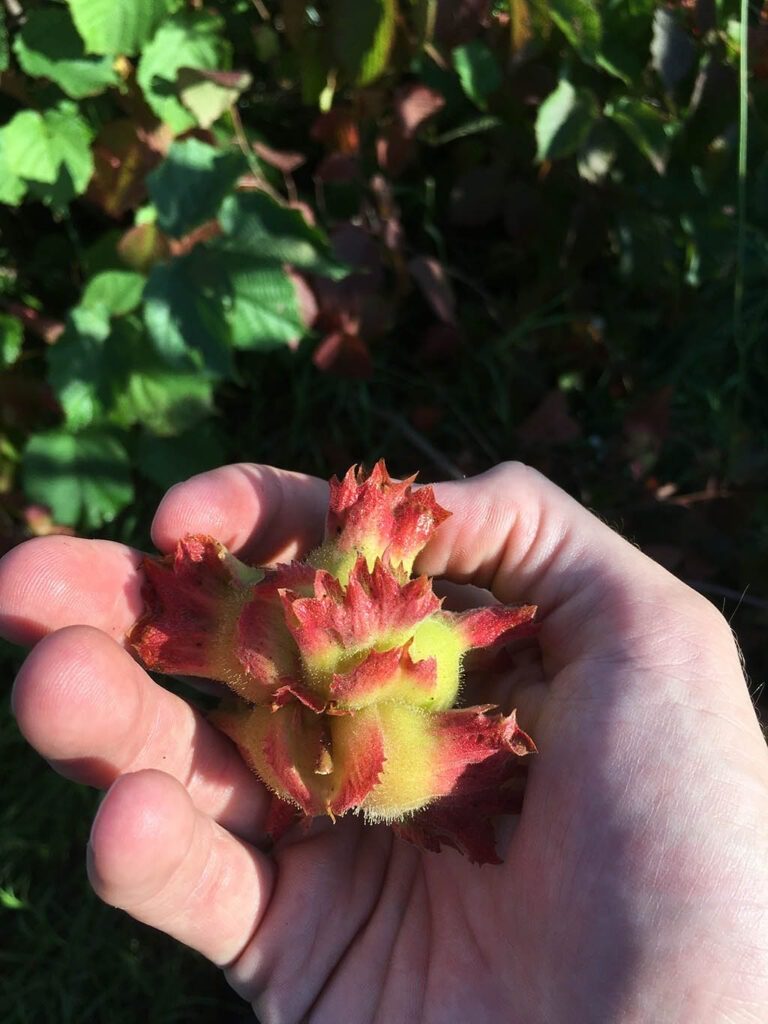
2. Improving selection efficiency in C. americana × C. avellana interspecific hybrids through the development of an indel-based genetic map
Published in: Acta Hort https://www.biorxiv.org/content/10.1101/2023.02.05.527175v2
Written by: Brainard SH, Fischbach JA, Braun LC, Dawson JC (2023)
Abstract by Authors:
This study reports a genetic map created using a progeny family descended from the interspecific hazelnut cross Corylus avellana × Corylus americana. This research represents a critical step in the development of genomic tools that enable the deployment of next-generation sequencing methods in the breeding of hazelnut, specifically the improvement of well-adapted Midwestern hazelnut varieties. To produce this map, we first developed high-density molecular markers using short-read Illumina sequencing of genotype-by-sequencing libraries. By aligning reads to a newly assembled reference genome for C. americana, we were able to identify over 75,000 high-quality indel-based polymorphisms across an F1 experimental population. These markers exhibited both high allele depth coverage, and low linkage disequilibrium, making them well-suited to genetic map development. We constructed such a map using 95 individuals from a single F1 family, demonstrating the utility of next-generation sequencing to efficiently and accurately generate high-density genetic maps. This research will improve the efficiency of breeding efforts, both through the validation of specific molecular markers that are associated with agronomically-relevant traits in breeding populations of interest.
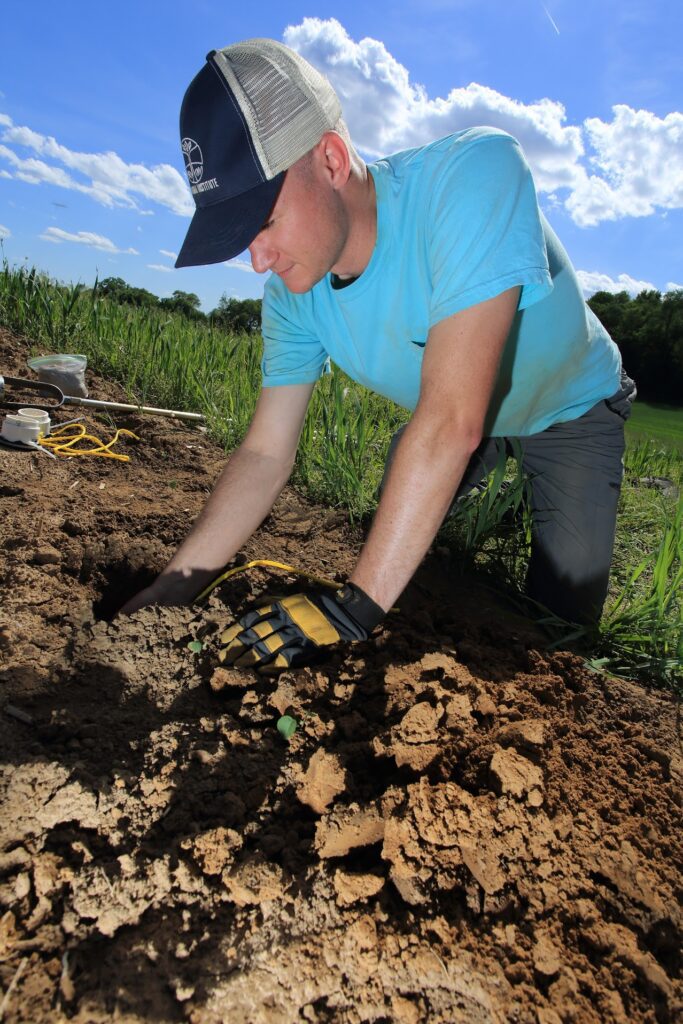
3. Integrating perennial staple food crops in agroforestry systems: A case study of chestnut (Castanea sp.)
Published in: Germany, Trees, Forests and People, Volume 15, 2024, 100473, ISSN 2666-7193 https://doi.org/10.1016/j.tfp.2023.100473; https://www.sciencedirect.com/science/article/pii/S266671932300105X
Written by: Gaede F (b. Wolpert), Quintas-Soriano C, Davison B, Plieninger T
Abstract by Authors:
In a time of multiple global challenges, trees gain more and more attention as an important component of sustainable land use systems, as they can produce food and provide multiple other ecosystem services at the same time. In Germany, traditional orchard meadows (so-called “Streuobstwiesen”) are in decline, although they are well known for their ecological value. In modern agroforestry systems staple perennial food crops seem to be rarely integrated. Here, we propose to use emerging chestnut cultivation for revitalizing traditional orchard meadows, diversifying forests, and integrating perennial staple food crops in modern agroforestry systems. In this study, we interviewed 64 chestnut growers in Germany and aimed to (1) explore characteristics of chestnut stands and management; (2) evaluate the main motivations, aims, and challenges of chestnut growers; (3) identify perceived outcomes of chestnut cultivation and measures for upscaling; and (4) analyze differences between groups of chestnut growers. Our results show that most growers aimed to increase tree numbers and foster the spread of chestnut trees as cultural assets. Sustainable food production was the motivation most often named by the respondents. A guide for cultivation, as well as better funding, were mentioned as the most wanted and easy to implement measures for up-scaling production and consumption. Junior chestnut growers were better connected to other chestnut growers and were more motivated by sustainable food production than senior growers. Pest and diseases as well as legal and funding situations were aspects hampering chestnut cultivation. We suggest that chestnut trees can serve as a valuable element of a diverse tree crop landscape providing staple food crops while supporting ecosystem services.
5. Controls on organic and inorganic soil carbon distribution in a poorly drained agroecosystem with subsurface drainage
Published in: Biogeochemistry 163:121–137 https://link.springer.com/article/10.1007/s10533-023-01026-x; https://dr.lib.iastate.edu/entities/publication/96d3cde4-886c-4584-8f13-10757d3f5680
Written by: Huang W, Mirabito A, Tenesaca CG, Mejia-Garcia WF, Lawrence N, Kaleita AL, VanLoocke A, Hall SJ (2023)
Abstract by Authors:
Many productive agricultural soils have naturally poor drainage characteristics and may intermittently pond water even where artificial drainage infrastructure is present, especially in topographic depressions. Soil organic carbon (SOC) is often higher in depressions than uplands, but whether temporary ponding increases SOC by suppressing decomposition remains an important knowledge gap. We measured SOC and inorganic C (carbonate) along topographic gradients from tile-drained depressions to adjacent uplands and tested their relationships with hydrological and biogeochemical properties in corn/soybean fields in Iowa, USA, and examined soil respiration and its stable C isotopes (δ13C) by lab incubation. The 0–30 cm SOC concentration was greatest at depression bottoms, as expected, while carbonate C was highest at boundaries between depressions and uplands. However, only carbonate C, not SOC, increased in depressions with increasingly poor drainage (greater ponding duration). Silt + clay content was the strongest positive predictor of SOC, while ponding duration and oxalate-extractable iron were negatively related to SOC in a statistical model (R2 = 0.83). These negative relationships are consistent with suppression of crop biomass production and iron-mediated decomposition in periodically anoxic soil. Soil C/N ratios were similar in depressions and uplands, indicating that plant detritus did not accumulate with ponding. Stable C isotopes of respiration from incubated soils indicated a similar C3/C4 plant mixture in depressions and uplands, consistent with decomposing soybean and corn residues. In contrast, depression soil organic matter had lower δ13C and δ15N values than uplands, more consistent with pre-agricultural prairie plants than crop residues. Accumulation of SOC in these agricultural depressions is more likely explained by erosion than by suppression of decomposition due to temporary ponding. Gaining additional SOC may require fundamental changes in management, or wetland restoration.
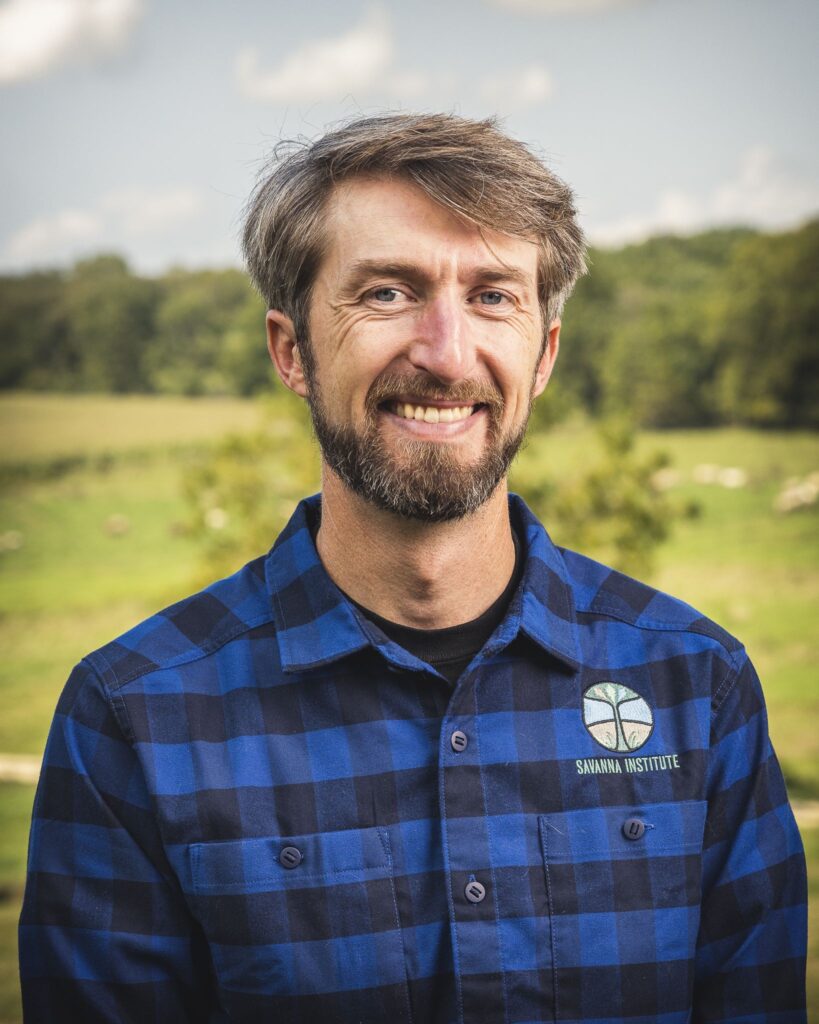
6.Evolving conceptions of silvopasture among farmers and natural resource professionals in Wisconsin, USA
Published in: Frontiers in Sustainable Food Systems, Vol. 7. https://doi.org/10.3389/fsufs.2023.983376
Written by: Mayerfeld D, Keeley K, Rickenback M, Rissman A, Ventura S (2023)
Abstract by Authors:
Silvopasture has gained attention as an agroecological practice that may simultaneously meet farmer goals and provide environmental benefits, including climate change mitigation. At the same time there are significant concerns about the potential for livestock to damage trees and forest soils. Like other innovative agroecological systems, silvopasture combines management complexity with limited research knowledge. Unlike annual crops, the effects of silvopasture management can take decades to assess and require forestry as well as agronomic expertise. We conducted mixed-methods research on silvopasture attitudes and knowledge among farmers, agricultural advisors, and foresters in Wisconsin between 2014 and 2019. We asked: (1) How do farmers who practice grazing, agricultural advisors, and foresters perceive silvopasture? and (2) How did coverage of silvopasture change between 2009 and 2019 in a popular grazing publication? Perceptions of silvopasture were influenced by recent weather history, markets for forest and agricultural products, existing land uses, and other contextual factors. Some farmers and agricultural advisors were committed to silvopasture despite significant obstacles to implementing the practice. Over the course of the study period agricultural advisors increased their willingness to provide silvopasture advice to farmers and professional colleagues, and coverage of silvopasture increased in a popular grazing publication. Finally, a multi-county supportive community of practice was associated with greater enthusiasm for the practice. The greater acceptance of silvopasture among resource professionals follows an increase in silvopasture research and outreach in the region. This interest in silvopasture suggests both a need for, and openness to, greater collaboration among forestry and agricultural professionals and farmers to develop sustainable silvopasture standards.
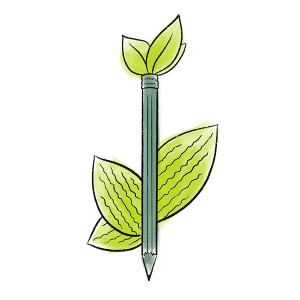
Online Courses
Our online agroforestry courses focus on key tree crops and practices, marketing, land access and finances, agroecology, and climate change.

